- | 8:00 am
AI designed these gorgeous plates from the world’s most abundant waste streams
How about dinner on a plate made of e-waste, fish scales, or cigarette butts?
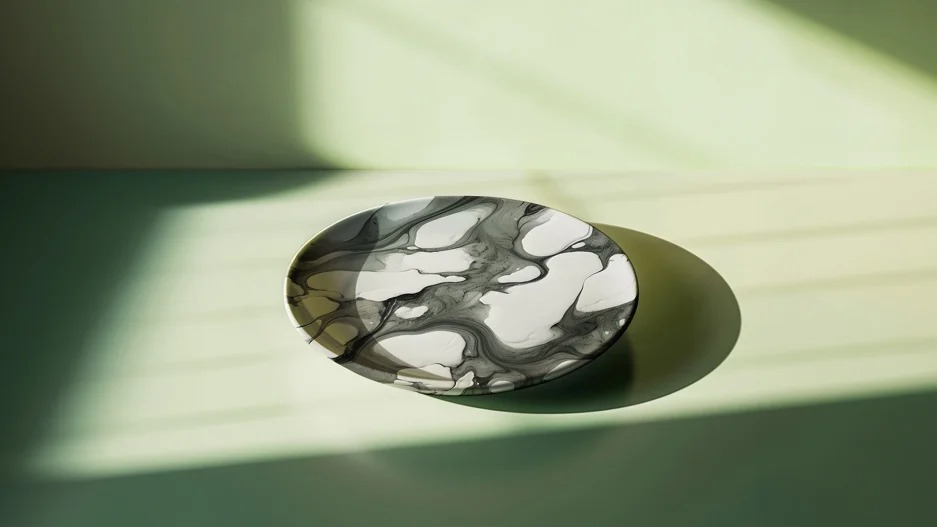
In the design of a plate, there are a lot of givens. It’ll probably be round, it’ll mostly be flat, and it’ll usually be rigid. The form factor has basically been decided. The materials and the pattern, though, are still fair game.
Two design firms teamed up to see how far they could push those undecided elements, with the help of generative artificial intelligence.
Space10, a Copenhagen-based independent research and design lab that works closely with Ikea, and the London-based product design studio Oio created Products of Place, a speculative series of plates that’s an exercise in hyper-local design.
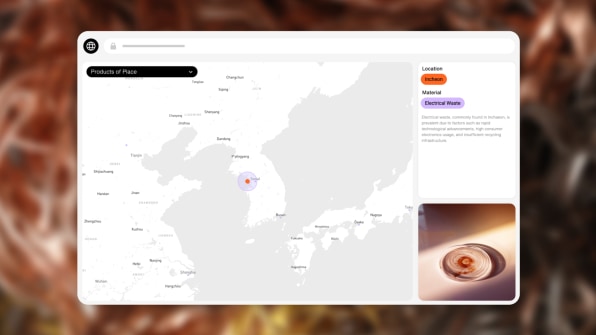
With an eye toward sustainability, the designers prompted the text-based generative AI chat tool ChatGPT to find and use the most abundant materials in any given location. Those materials became the basis for locally-inspired plates, as envisioned by the image-based AI tool Midjourney. An interactive map shows the designs for more than 100 cities, and explains the basis for their material choices. The materials behind these plates are far from typical.
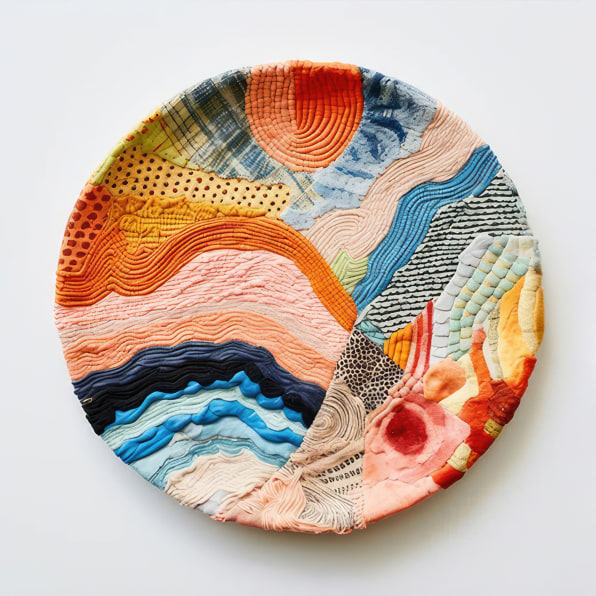
“By asking generative AI tools to identify unexpected material abundance in different locations across the world, we uncovered that what is abundant is often waste,” says Alexandra Zenner of Space10, via email.

The data that ChatGPT dug up includes agricultural residues, construction waste, and manufacturing offcuts, as well as local cultural affinities that have a strong material connection, such as a big biking community or an abundance of smokers. “These all helped to reveal unexpected materials and also local aesthetics,” Zenner says.

That led to plates designed using materials ranging from salmon bones to cocoa pods to bamboo to fabric to plastic bags. It’s a surprising material palette, but one that’s only an exaggeration of the ways plates are conventionally produced, according to Matteo Loglio, cofounder of Oio.
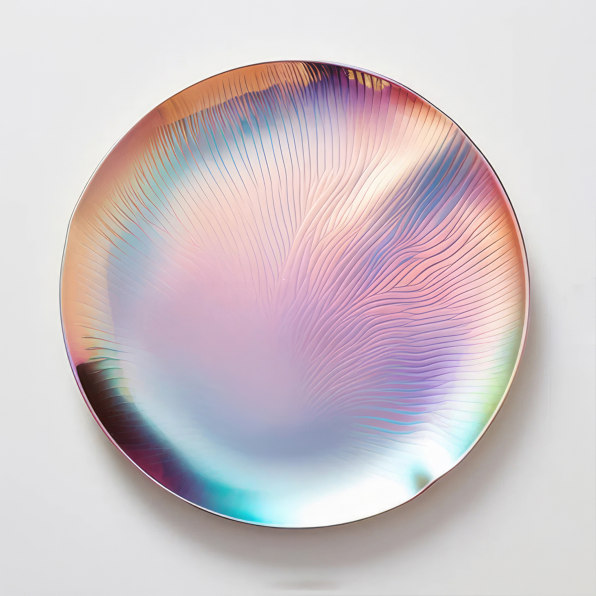
“Plates in different cultures around the world are made of varying materials and processes, based on what can be easily manufactured locally as needed. This made it an ideal product for our exploration, where we could focus on the material and push it beyond typical natural resources, while also considering the use of waste,” says Loglio.
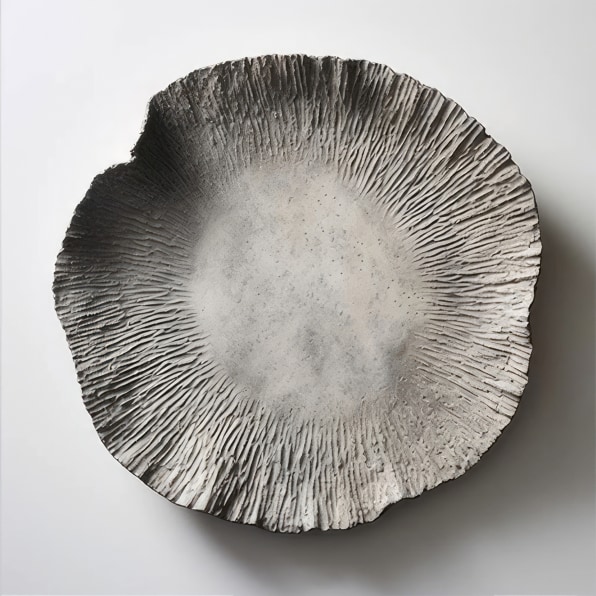
The design process was intended to move beyond preconceived notions about what counted as a usable material for making plates, says Simone Rebaudengo, co-founder of Oio.”The results are surprising, sometimes humorous, and other times quite strange,” he says. “Of course, not all iterations are necessarily viable. The speculative products are only as smart as the data the tools have been fed, and layered with bias.”
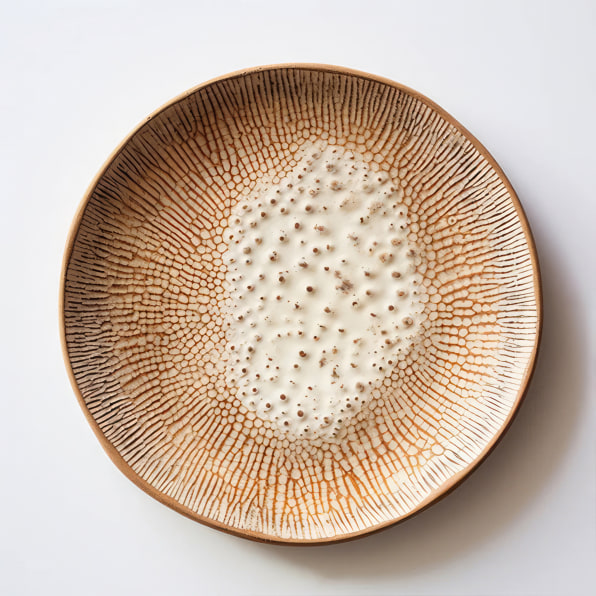
The resulting plate designs range from the subtly beautiful to the fantastically improbable. Elegant designs used corn husks, seashells, paper waste, and pine resin. Foam, rubber tires, and electric vehicle battery waste were the basis of equally interesting, if less appetizing, dishware. Rebaudengo says expressing the material used in each plate was an important part of the way the designers prompted the generative AI tools, which sometimes caused plates that look like the spiky agave plants used to produce Mexican tequila, for example, or like the fish scales so abundant in Iceland. That quirkiness may be part of the appeal, he says.
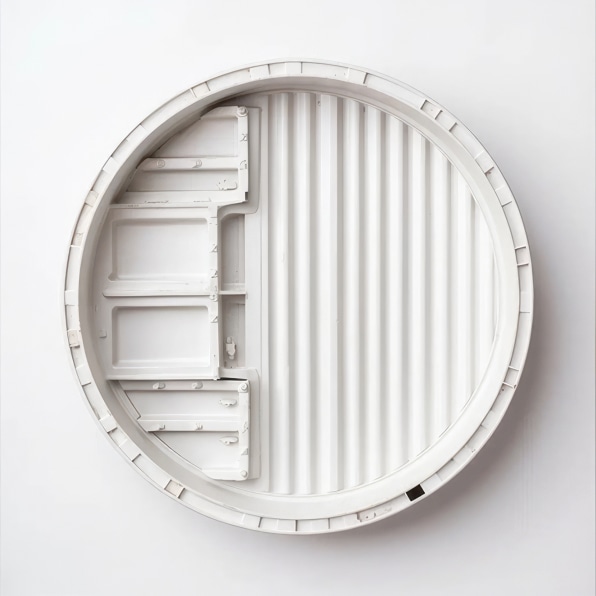
Many of the plates are wonderful for their complete ridiculousness. In Boise, Idaho, a plate uses the waste from the area’s crayon factories. In Vilnius, Lithuania, the plate is woven out of textile scraps from the garment industry. In La Paz, Bolivia, the plate is a tuft of alpaca wool. In Bangui, Central African Republic, the plate is a circuitboard mashup of electronic waste. In Sydney, Australia, the plate is made up of littered cigarette butts. In Chengdu, China, the plate is made from panda poop.

The project is more than just an excuse to put AI to work designing plates. It’s also a critique of the commoditized nature of product design, and a prod to designers to be more creative in the way they think about materials.
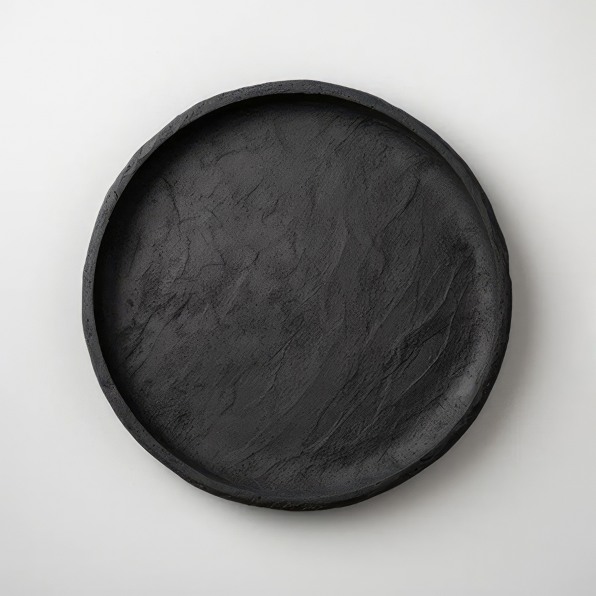
“Products today no longer represent the place where they are made and used. Instead, they are the result of global industrial production and distribution,” says Zenner. “Products of Place visualizes a near-future where AI can support designers to make better material choices and rebalance our relationship with the planet, working with what is locally abundant.”







































